After correcting the false triggering I was getting in my last question:
It was related to debouncing the pulse sent from the camera to the flash, I noticed one more problem.
I built this circuit below to detect my Canon flash firing. Everytime I power the circuit off, the flash always fires.
The circuit is powered by a battery that supplies both the camera flash (with a DC/DC buck converter inside the flash) and the Arduino.
How can I adapt it in order to, if the supply is cut, the flash wouldn't fire?
I was thinking of using a P Channel Mosfet on the Arduino side, but I'm not sure on how to implement it safely, to not do something wrong with the flash or camera.

